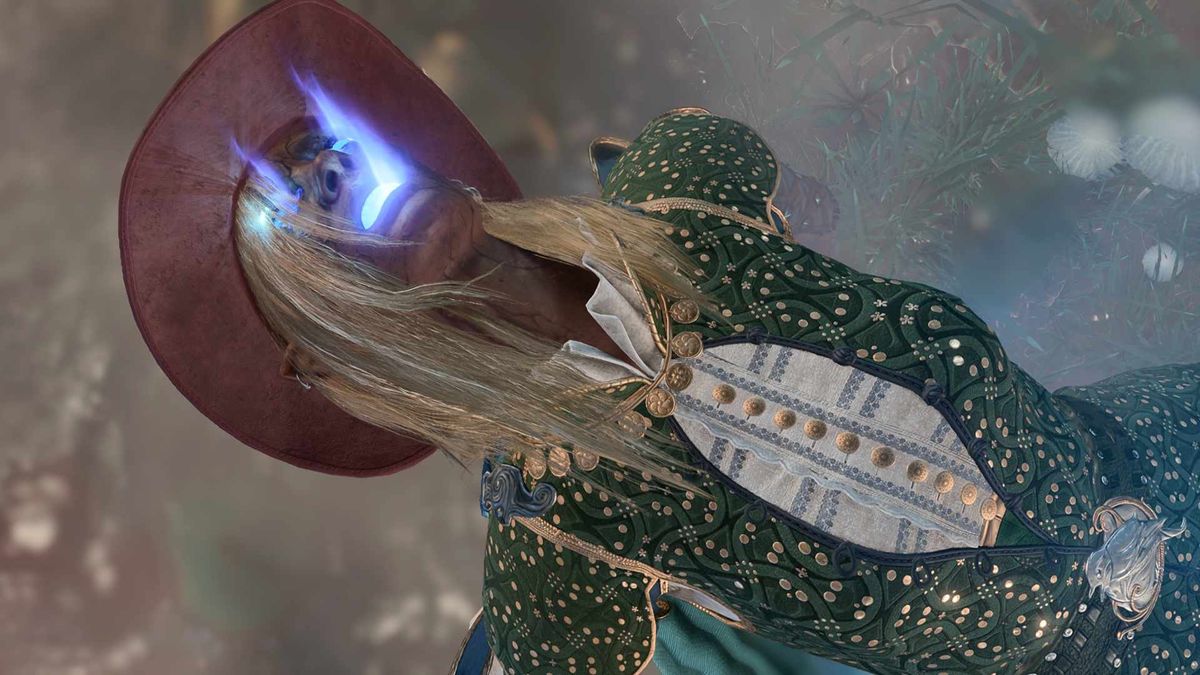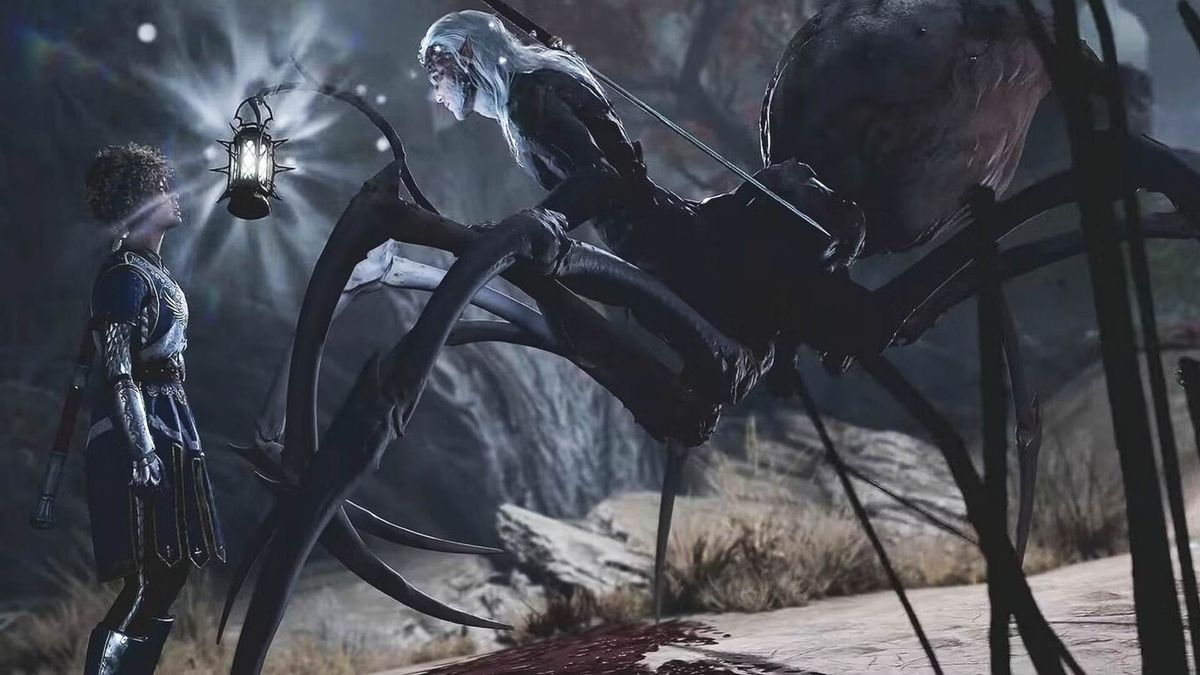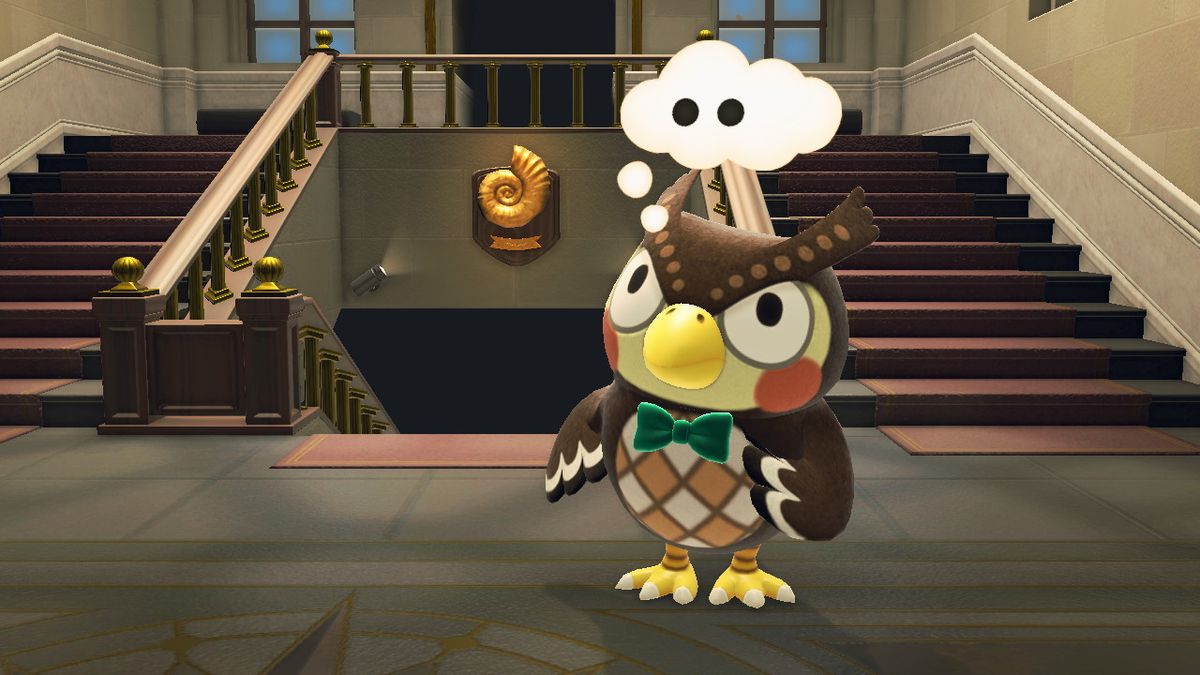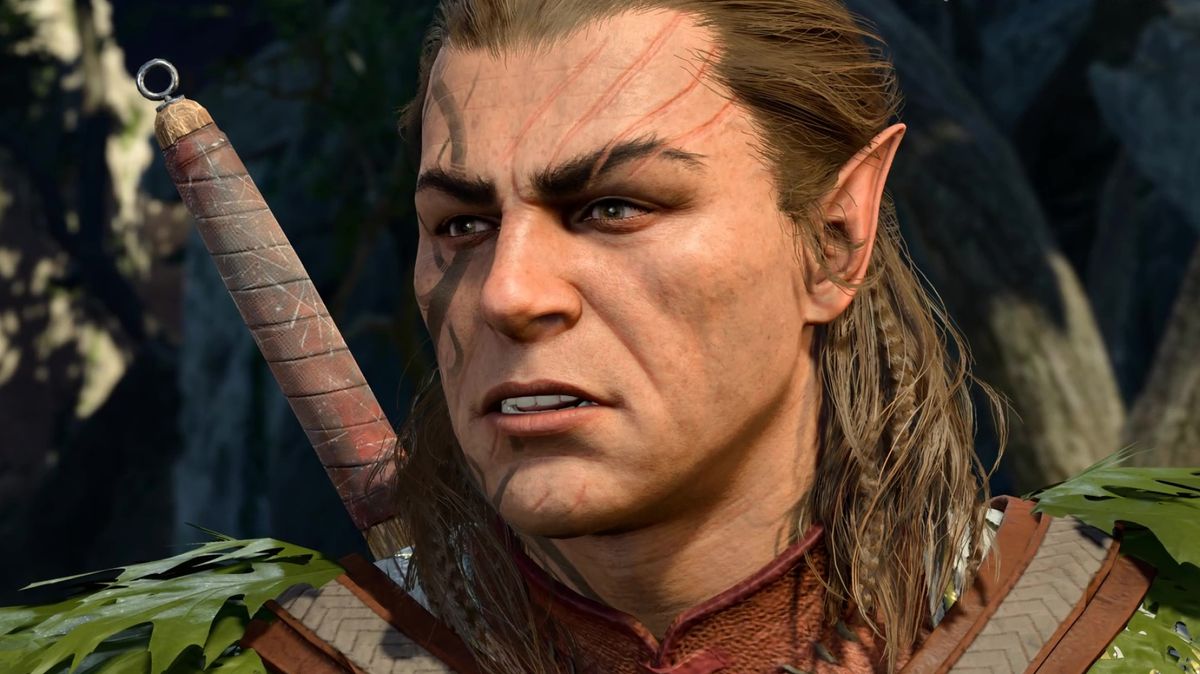We all have those games, I think. Those special games that come out of nowhere and smack you in the emotional gonads when you weren’t expecting it – maybe because you weren’t expecting it. I can tick those games off on a single hand, I reckon, and one of them would be Okomotive’s brief but breathtaking debut title, FAR: Lone Sails.
FAR: Lone Sails was a peculiar, melancholic experience that was part puzzler and part explorer, but wholly engrossing. You – small, solitary, silent; a single dot of red in the center of a cold, colorless world – are alone save for the strange contraption you pilot. A weird hybrid machine that keeps you pressing ever onwards, whether you’re chucking salvaged items into the furnace or harnessing wind power courtesy of its huge great sails. With FAR: Changing Tides, Okomotive is taking these foundations and building upon them. All in an attempt to deliver a heartfelt and melancholic follow-up – an experience that shouldn’t be ignored.
The Tide is high

Piqued your interest? Good! FAR: Lone Sails clearly shifted enough copies to warrant a sequel, but I still feel it’s been criminally underplayed and, occasionally, underestimated, so if I’ve tempted you to give it a go – and it’s available on PC, console, mobile, and Switch now – please do! But the good news is, you don’t have to have played the original game to enjoy FAR: Changing Tides. Developer Okomotive tells us that the sequel is a “companion title” – so while you don’t have to have played its predecessor to enjoy it, “people who played Lone Sails will find themselves at home with this adventure.”
Intrigued by that? Yeah, me too. But when we pressed for solid links between Lone Sails and Changing Tides, creative lead Don Schmocker won’t budge. “I don’t want to say much more at this stage, but I’m very much looking forward to seeing the players’ reactions,” is all he’ll give us. The tease.
Part of FAR: Lone Sails’ magic lies in its environmental storytelling. Your character doesn’t say or do very much beyond constantly journeying towards the right of the screen, but it’s the world around them – the ruins of a tech-savvy place that ran before it could walk, perhaps – that offers glimpses into why our character lives such a sad and solitary existence. Schmocker tells us that the game’s side-scrolling style is intentional, designed to allow the developers to control the view and its story.
“While the audio and visuals should work in combination, we were careful not to oversaturate those effects”
Don Schmocker
“It’s difficult to absolutely make sure a player sees all the information because most of it is in the background,” he explains. “There are different categories of information we want to convey, depending on the circumstances: Information about the world, culture, and past events which strongly influence the design of environment assets. This can be a flooded town, a poster on a wall, or a mysterious building. We also show information about individual characters via portrait paintings, recognizable symbols, or objects that can be associated with a character.
“We [also] have information about specific developments in the story that happened recently, like a camp that was set up by the evacuating people, or shipwrecks destroyed by a storm,” Schmocker adds. “While driving from left to right, a past event that is shown further to the right subconsciously feels like it happened later than an event the player sees earlier in the game.”
Toe the line

But it’s not just the character – who has a name this time, by the way; Toe! – that’s connected to the world around them in Changing Tides. Both Toe and their ship are said to have “many connections” to the world, so we’ll need to keep a careful eye on the scenery as we trundle past it if we want to better understand who Toe is.
Interestingly, Schmocker explains that this is not only done via environmental storytelling, but also “through small events and interactions throughout the game”, too. Yes, there’ll still be a lot for us to interpret ourselves as we go along – much of Lone Sails’ tale was intentionally opaque, and Changing Tides looks to follow the same vein – but we’re told that there’ll be plenty to uncover, particularly as the sequel will similarly blend visuals, music, and sound effects to create atmospheric vignettes.
“While the audio and visuals should work in combination, we were careful not to oversaturate those effects, so we could have moments without music or with very subtle sound effects,” Schmocker tells us.

Perhaps the most disappointing aspect of Lone Sails was that it was over too soon – it can be completed in a single sitting, even if you’re not particularly speedy – and that’s something its successor plans to address. Changing Tides’ improved puzzling, too, aims to help “players build on their previous knowledge from earlier puzzles or from their experience with the ship’s mechanics”.
A longer run time, however, brings other challenges for the development team, including ensuring both the gameplay and environments feel fresh and fun enough to keep you playing. Core elements, including the story, similarly have to have enough depth and appeal. Consequently, the team has had to rethink the first game’s mechanics for the sequel, as well as introduce brand-new features, such as diving, “to give the player more freedom and ways to move and explore so they don’t just see the same areas twice when they later continue the journey inside the ship.”
Honestly, though? I don’t care how long FAR: Changing Tides is. I don’t really care if it offers new, improved puzzling, either. I just can’t wait to fully immerse myself in another broken, bereft, and brilliant FAR world.
FAR: Changing Tides launches on Xbox Series X, PS5, Xbox One, PS4, and PC on March 1, 2022.
 Games News games, movies and TV you love.
Games News games, movies and TV you love.



